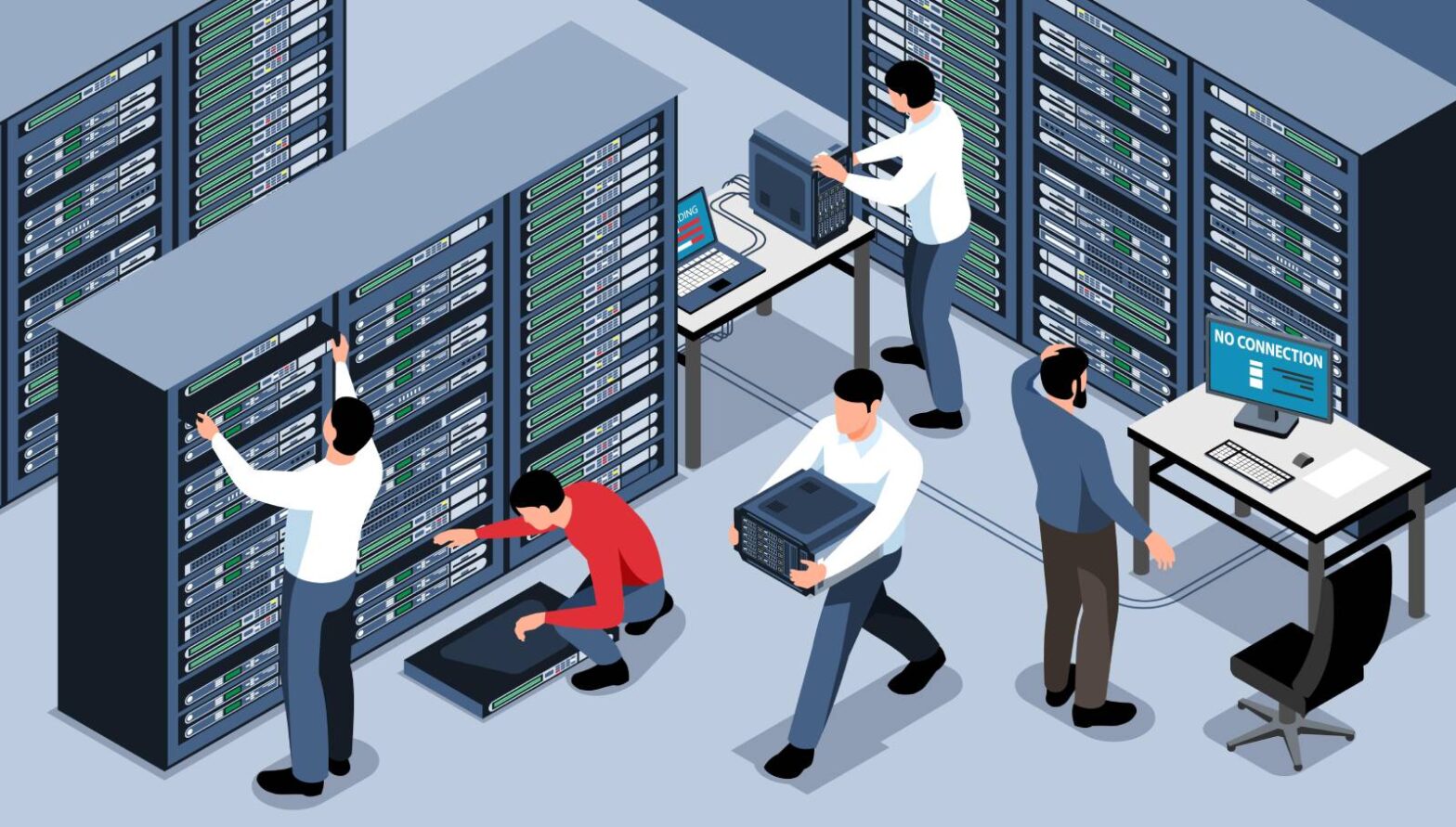The rapid evolution of artificial intelligence demands a fundamental rethinking of data center architecture, particularly for inference workloads in reasoning models. Traditional homogeneous clusters struggle to meet the diverse computational demands of modern AI applications, driving the need for purpose-built heterogeneous systems that optimize performance, cost, and energy efficiency through specialized hardware configurations.
What is a reasoning model
Reasoning models are advanced large language models trained with reinforcement learning to handle complex reasoning tasks. They generate thoughtful responses by engaging in an internal thought process before answering. These models are particularly effective in complex problem-solving, coding, scientific reasoning, and multi-step planning for agentic workflows.
The Limits of Homogeneous Compute
Traditional CPU-centric data centers face critical challenges with AI inference workloads:
- Performance bottlenecks in parallel processing for transformer-based models.
- Energy inefficiency when running matrix operations optimized for GPU/TPU architectures
- Resource underutilization from static allocation strategies that can’t adapt to dynamic inference patterns.
Recent benchmarks show homogeneous clusters waste 30-40% of compute capacity on LLM inference tasks due to prefill-decoding phase interference and fixed parallelization strategies.
Next-gen inference engines require three key architectural shifts:
1. Workload-Specific Hardware and Disaggregated Compute Pools
2. Dynamic Resource Orchestration
Looking Ahead
While we’ve outlined the critical need for architectural evolution, the implementation details of workload-specific hardware and dynamic orchestration require deeper exploration. In our next post, we’ll examine:
- Hardware/software co-design strategies for transformer-based models
- Real-world case studies of heterogeneous deployments
This paradigm shift demands treating hardware diversity as a first-class design principle rather than retrofitting solutions into legacy architectures. The next generation of AI-optimized data centers will be defined by their ability to dynamically match specialized compute resources to ever-changing inference workloads.

